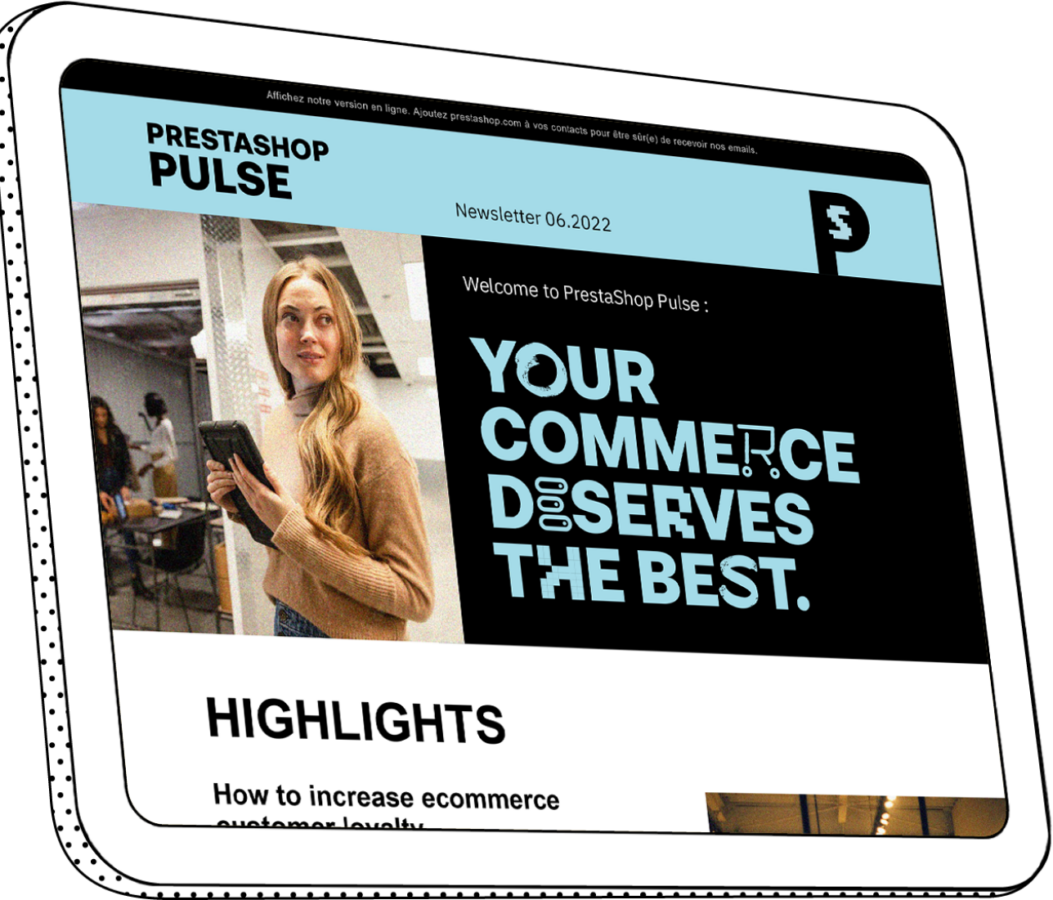Logistics
There are 21 results for your search

LogisticsPrestaShop TeamSeptember 9, 20254 min
How to reduce disputes and save time with automated package tracking?

LogisticsPrestaShop TeamSeptember 10, 20245 min
Why outsource your shipping?

LogisticsAnna ThiboutAugust 9, 20245 min
Discovering the Omnichannel Revolution: Insights for Retailers

LogisticsPrestaShop TeamJuly 15, 20245 min
How does your return policy affect your online store’s success?

LogisticsPrestaShop TeamNovember 6, 20235 min
Shipping: How can this crucial stage of the ecommerce process be optimized?

LogisticsPrestaShop TeamOctober 24, 20237 min
Fulfillment: Why ambitious online merchants should think about it

LogisticsJulie van OvervestJune 12, 20236 min
Will 2023 be the year sustainable shipping overtakes express shipping?

LogisticsNahla DaviesJune 30, 20224 min
A list of green and creative packaging ideas

LogisticsApril 29, 20224 min
